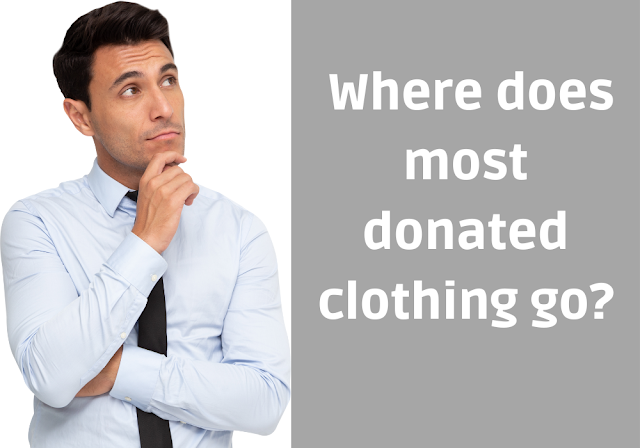Where does most donated clothing go?
If you have ever donated your old clothes to a charity or a thrift store, you might have wondered what happens to them after they leave your hands. Do they find a new home with someone who needs them? Do they end up in a landfill? Do they get recycled or repurposed?
The answer is not so simple. According to various sources, only about 20% of the clothing that is donated in the US is sold in domestic thrift stores. The rest is either exported to other countries, recycled into industrial rags or insulation, or thrown away.
The global trade of used clothing is a multi-billion dollar industry that involves many actors and intermediaries. Some of the main destinations for US clothing exports are India, Pakistan, Malaysia, Mexico, and several African countries. There, the clothing is sorted, graded, and sold in local markets or bales. Depending on the quality and demand, some clothing can fetch a good price, while others are discarded or burned.
The impact of this trade on the environment and the local economies is complex and controversial. On one hand, it provides a source of income and affordable clothing for many people in developing countries. On the other hand, it can also undermine the domestic textile industry and create dependency on foreign imports. Moreover, it can contribute to pollution and waste, as some of the clothing is not suitable for the climate or culture of the destination country, or is simply too worn out to be used.
One way to reduce the environmental and social costs of clothing donation is to buy less and buy better. By choosing quality over quantity, and opting for more durable and timeless pieces, you can extend the lifespan of your clothes and reduce the need to replace them frequently. You can also look for clothing brands that use sustainable materials and practices, and support fair trade and ethical production.
Another way is to donate more responsibly and selectively. Before you drop off your clothes at a donation bin or a thrift store, make sure they are clean and in good condition. If they are stained, torn, or damaged, consider repairing them or recycling them yourself. You can also research the organizations that accept clothing donations and their policies and practices. Some of them may have specific criteria for what they accept and what they do with the donations. You can also look for local initiatives that match donors with recipients directly, such as shelters, schools, or community groups.
By being more mindful and informed about your clothing consumption and donation habits, you can make a positive difference for yourself, for others, and for the planet.






